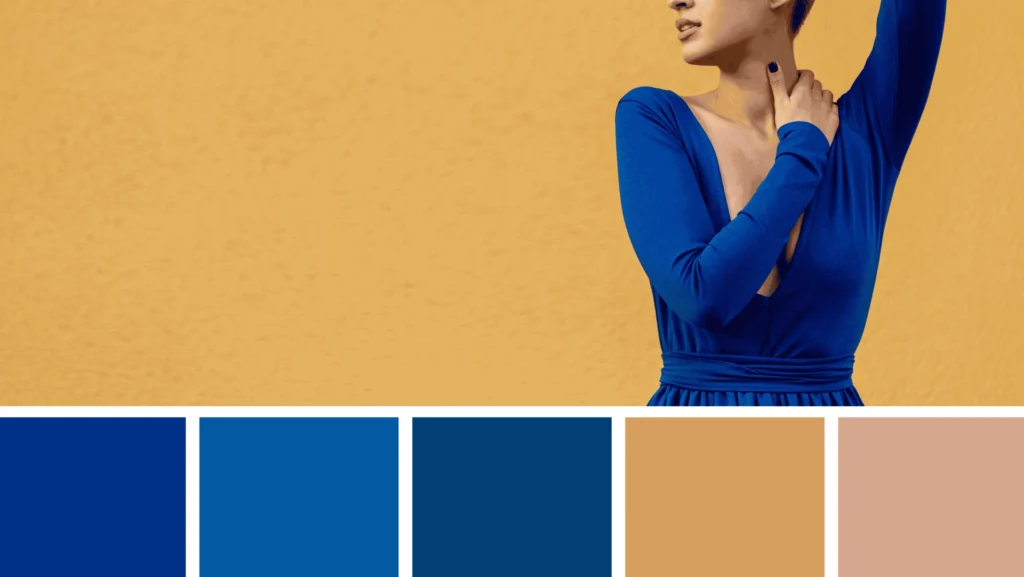Ever stood in front of your closet, staring at a sea of clothes, and thought, “Why does nothing go together?” Or worse, put on an outfit that felt meh because the colors just didn’t vibe? Girl, we’ve all been there. But what if I told you there’s a secret weapon to slaying your style game every single time? Enter: Color Theory for Fashion.
Yes, the same color theory you vaguely remember from art class can be your ultimate fashion cheat code. Whether you’re a neutral queen, a bold babe, or somewhere in between, understanding how colors work together will transform your wardrobe from “just okay” to “OMG, where’d you get that?!” Let’s dive in and make your outfits as stunning as your Pinterest board dreams.
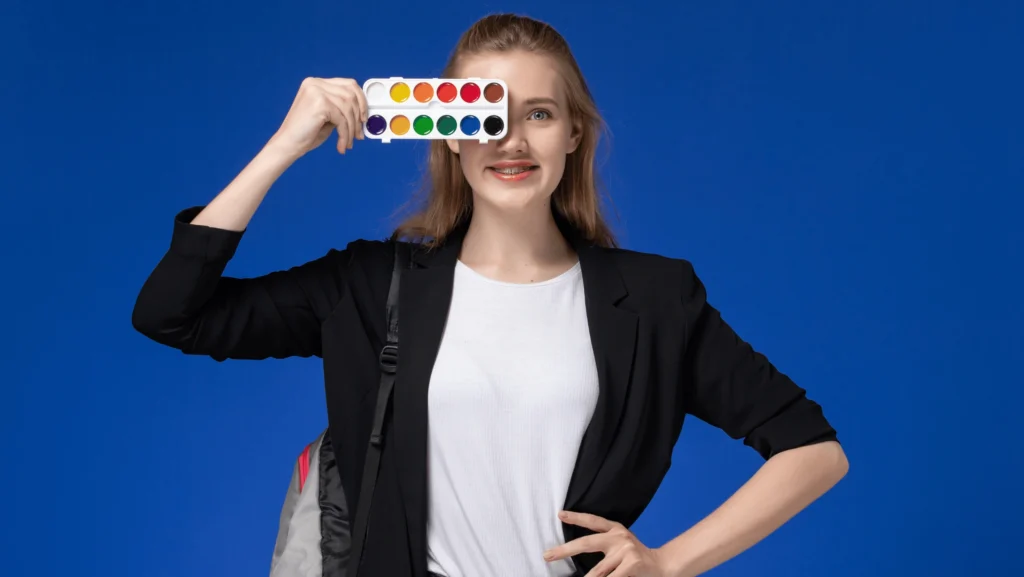
What is Color Theory for Fashion? (And Why Should You Care?)
Color theory is the science and art of using color to create harmony and balance. In fashion, it’s about pairing hues in a way that makes your outfit pop, flatters your skin tone, and screams effortlessly chic. Think of it as the magic behind those Instagram influencers who always look like they stepped out of a Pantone catalog.
But don’t worry—this isn’t a boring science lecture. We’re keeping it fun, fresh, and totally doable. Ready to become a color-mixing pro? Let’s go!
The Color Wheel: Your New BFF
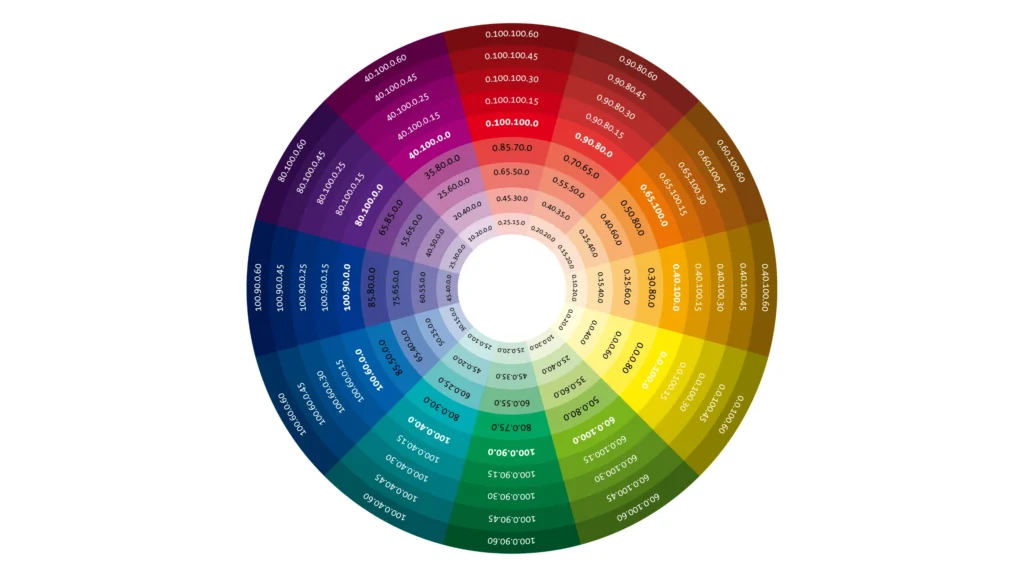
First things first, meet your new bestie: the color wheel. This little rainbow circle is the key to unlocking endless outfit possibilities. Here’s the breakdown:
Primary Colors: Red, blue, and yellow (the OGs of the color world).
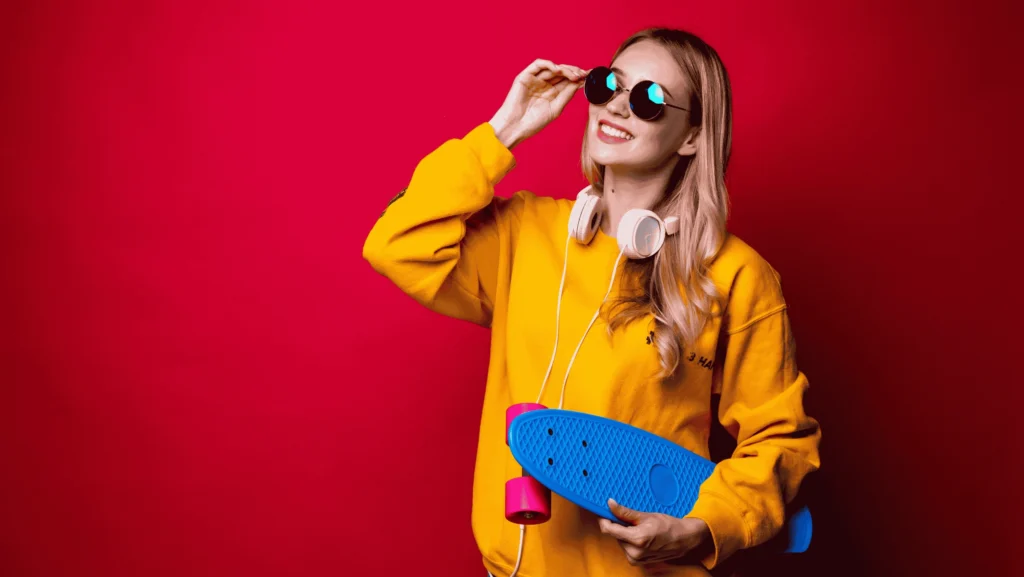
Secondary Colors: Green, orange, and purple (created by mixing primaries).
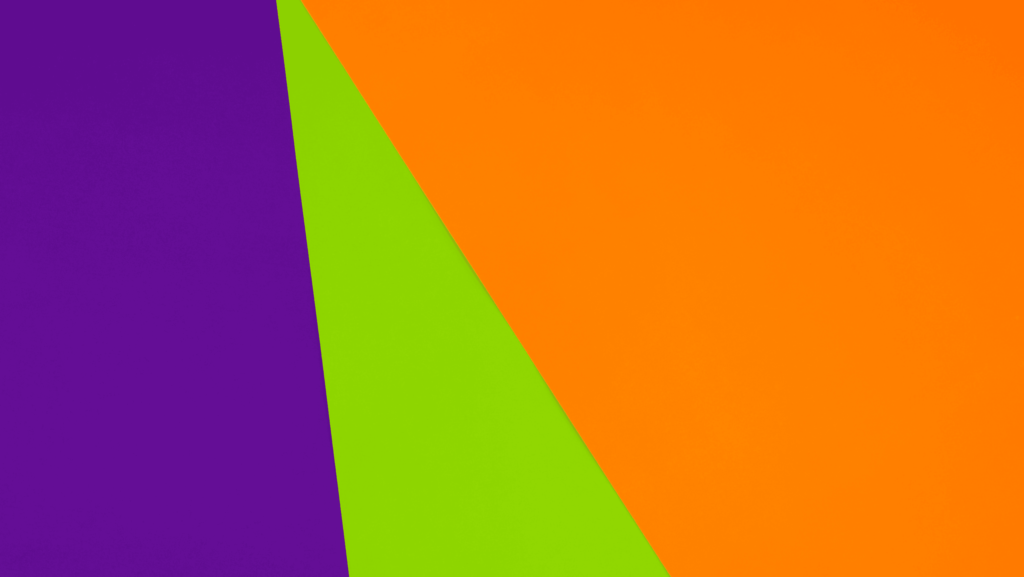
Tertiary Colors: The in-between shades, like red-orange or blue-green.
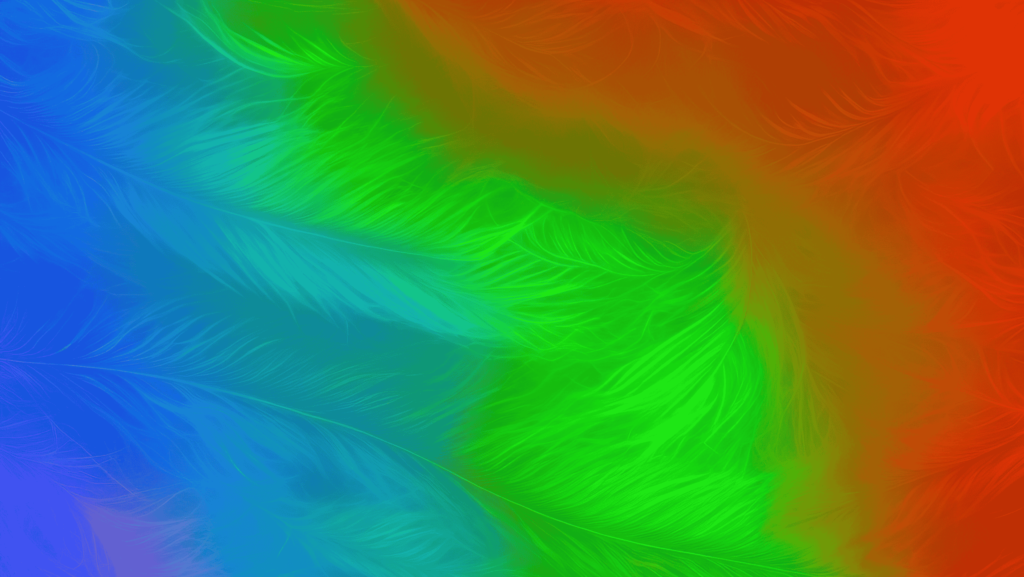
Now, let’s use this wheel to create outfits that’ll make heads turn.
5 Color Theory Hacks to Elevate Your Outfits
Monochromatic Magic
Want to look sleek and sophisticated without overthinking? Go monochromatic! This means wearing different shades of the same color. Think: a baby blue blouse, mid-blue jeans, and navy blazer. It’s effortless, chic, and makes you look like you have your life together (even if you don’t).
Pro Tip: Add texture (like a knit sweater or satin skirt) to keep it interesting.
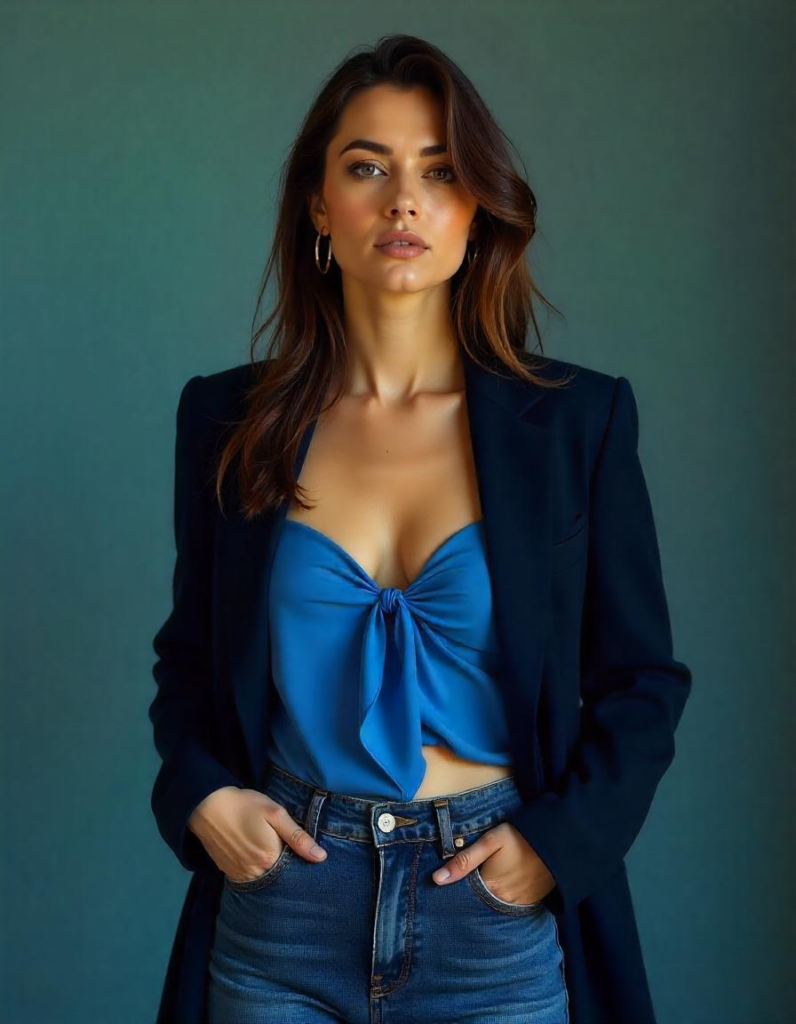
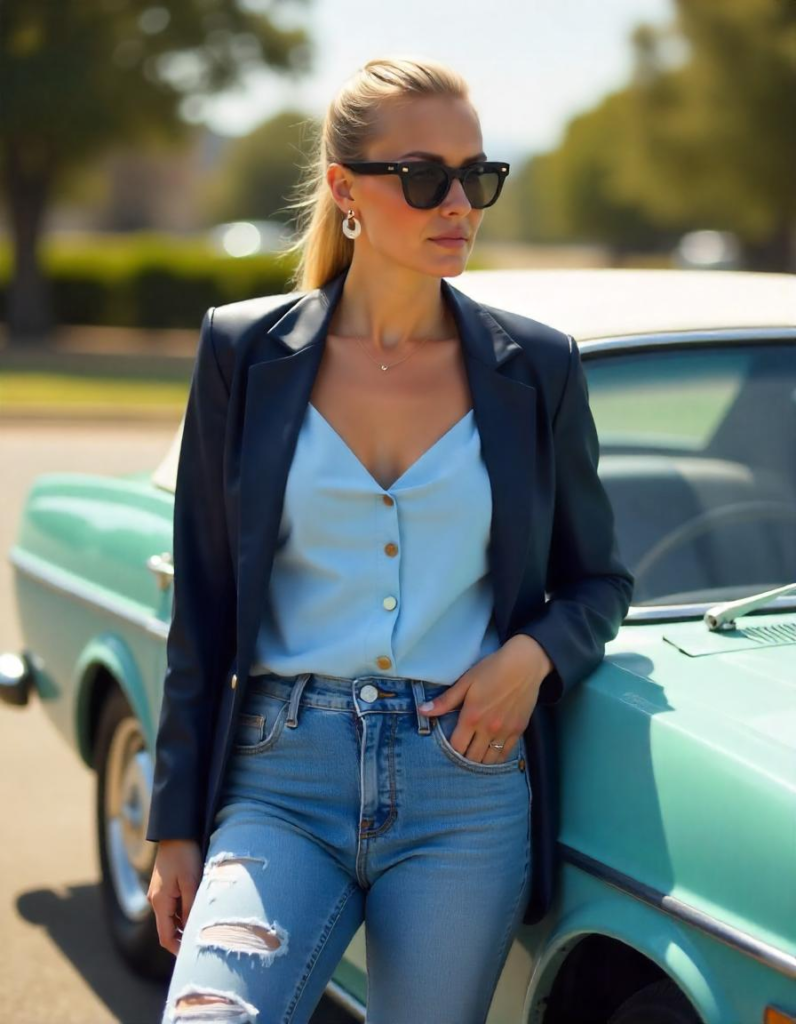

Complementary Colors: Opposites Attract
Complementary colors sit opposite each other on the color wheel (like red and green or purple and yellow). When paired together, they create a bold, eye-catching contrast.
Outfit Idea: A mustard yellow sweater with deep purple trousers. Trust me, you’ll look like a walking piece of art.
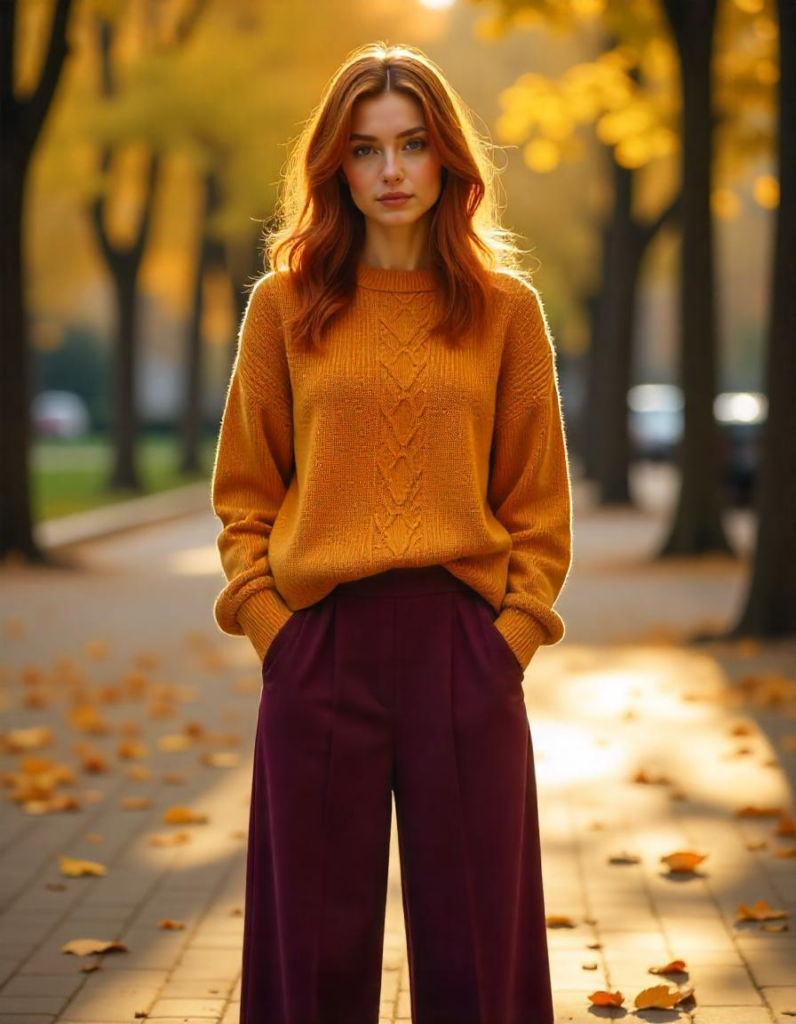
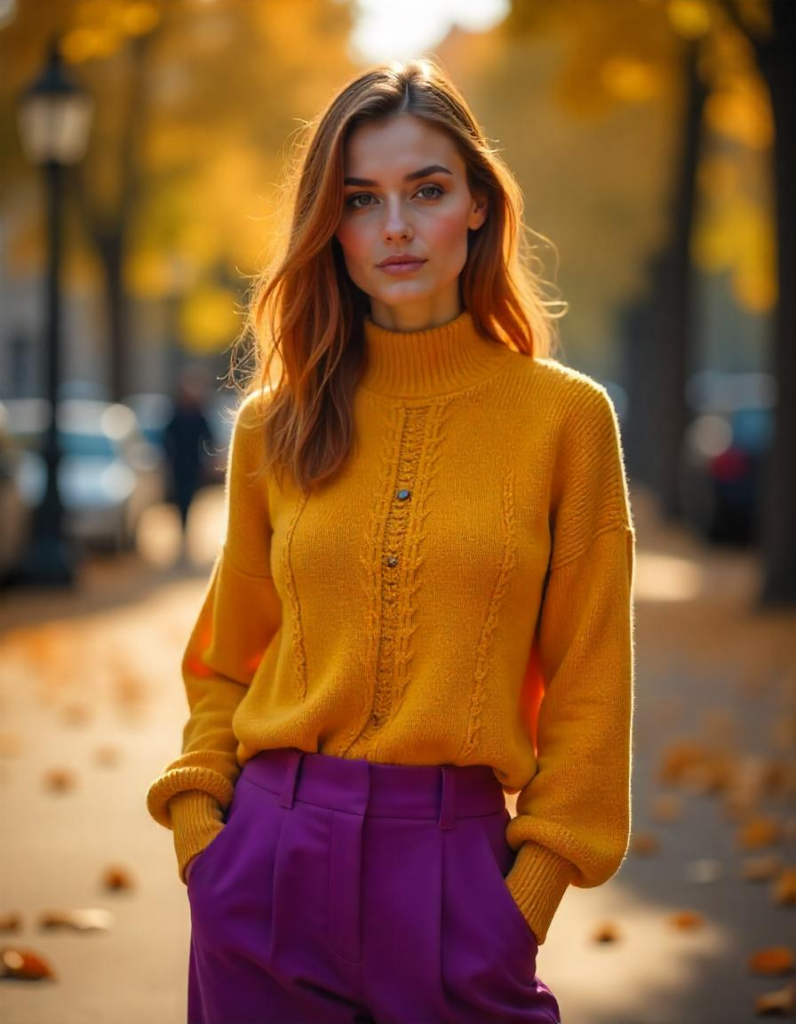
Analogous Colors: The Perfect Trio
Analogous colors are next to each other on the wheel (like blue, blue-green, and green). They create a harmonious, cohesive look that’s easy on the eyes.
Outfit Idea: Pair a teal blouse with emerald green pants and a mint scarf. It’s like a soothing ocean breeze for your wardrobe.
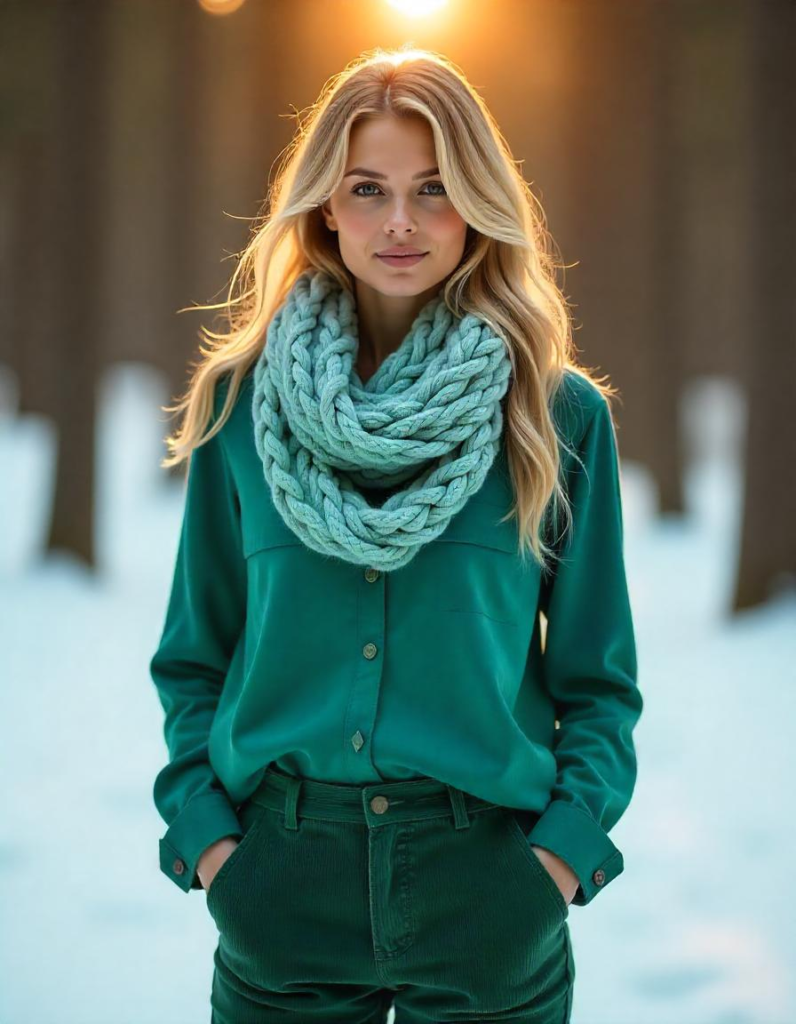
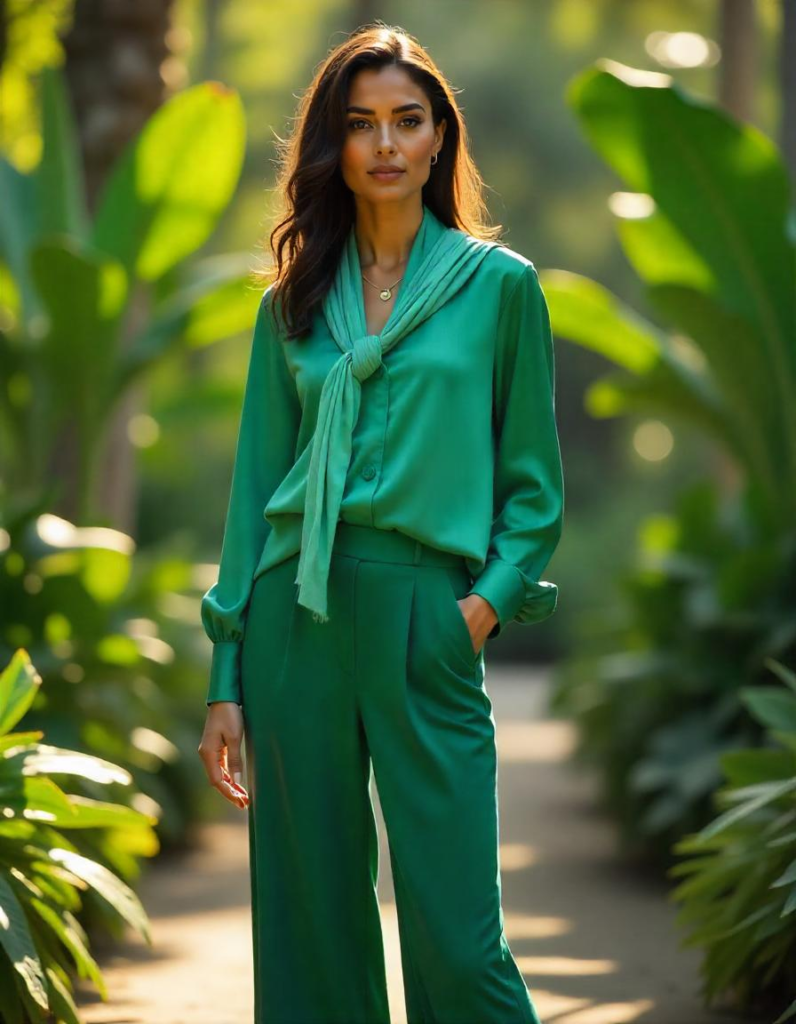
Triadic Colors: The Bold Move
Feeling adventurous? Triadic colors are three hues evenly spaced on the wheel (like red, yellow, and blue). This combo is vibrant, fun, and perfect for making a statement.
Outfit Idea: A red dress with a yellow bag and blue heels. Warning: You might get stopped for fashion advice.
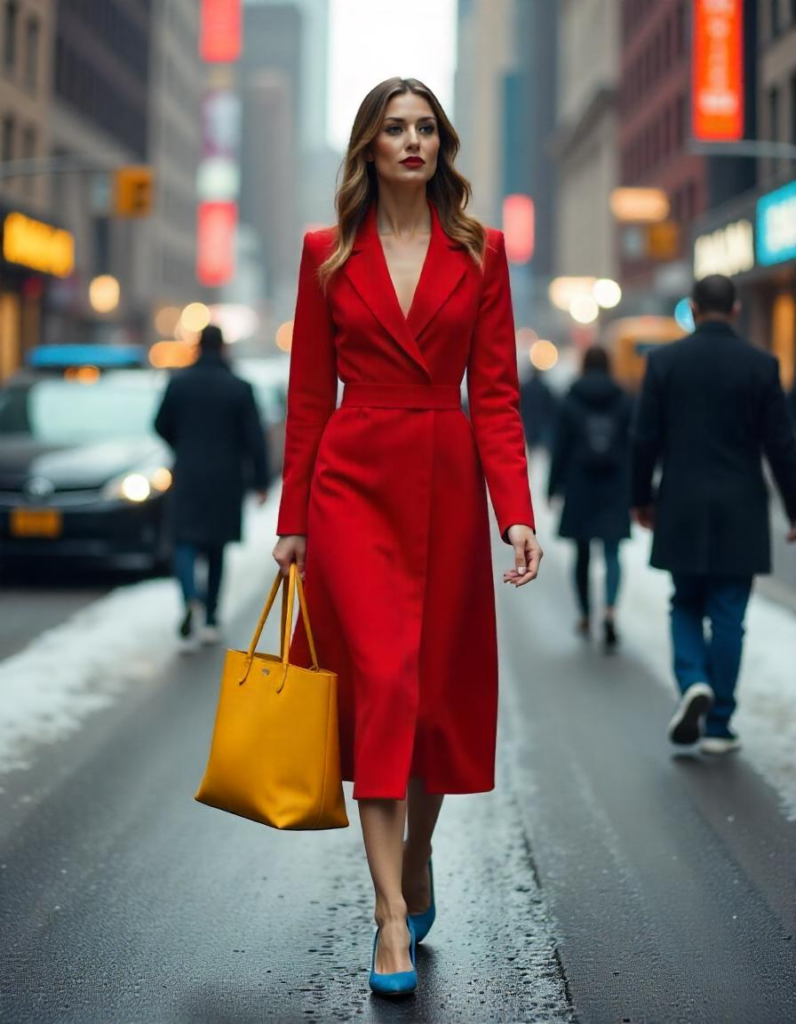
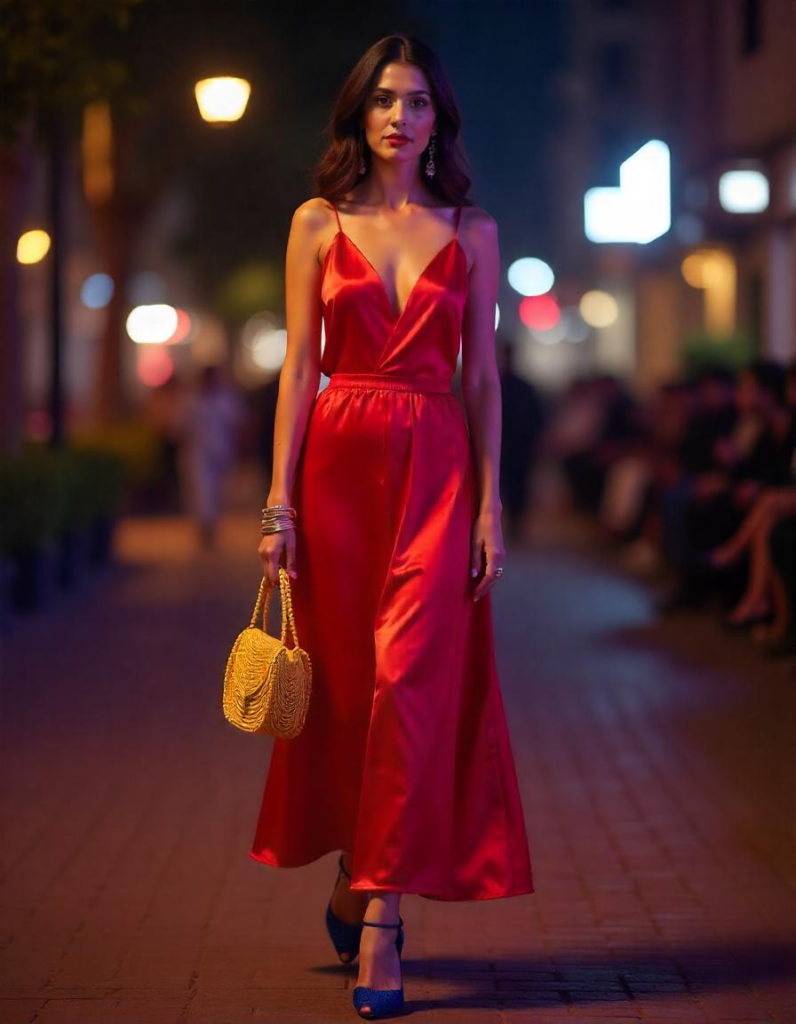
Neutrals: The Ultimate Wingman
Neutrals (black, white, gray, beige) are the unsung heroes of color theory. They balance out bold colors and make your outfit look polished.
Outfit Idea: A bright pink blazer with white jeans and nude heels. It’s bold yet balanced—like you.
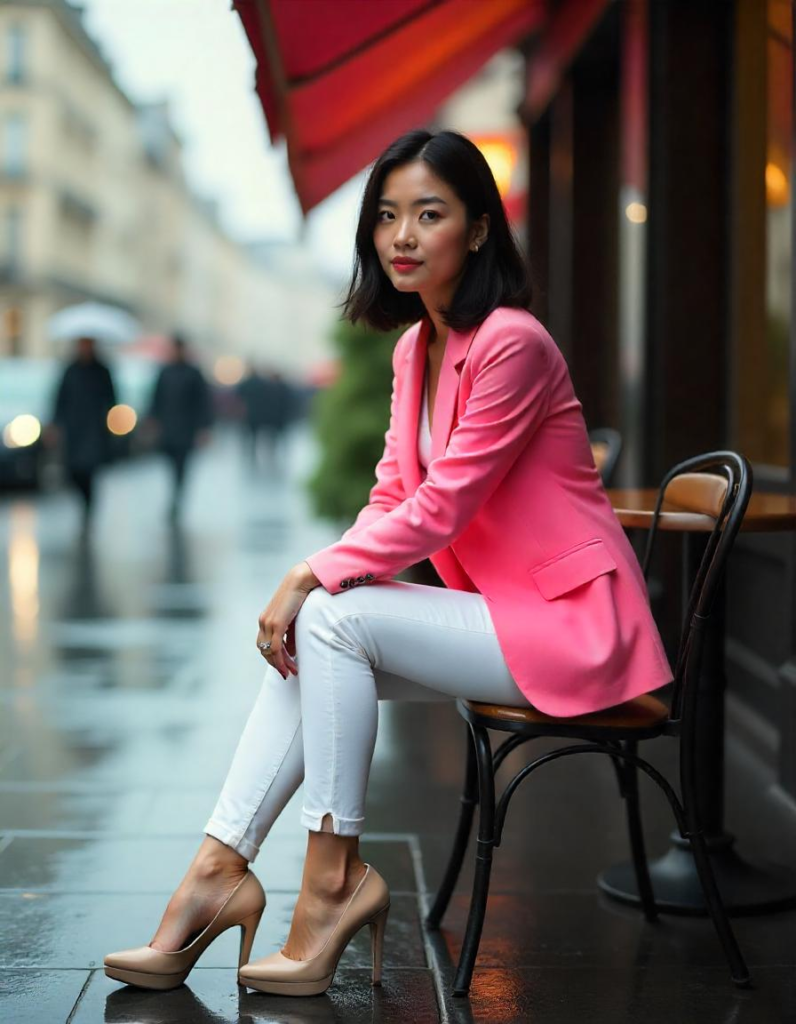
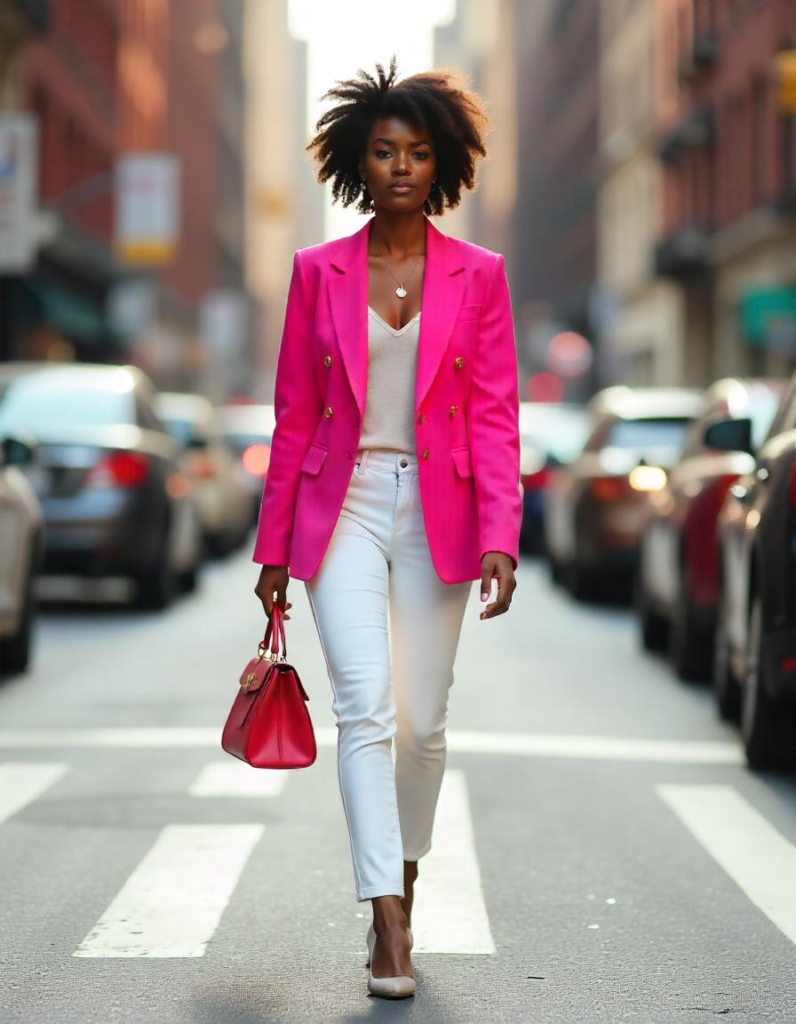
How to Use Color Theory for Your Skin Tone
Not all colors are created equal when it comes to flattering your unique glow. Here’s a quick guide:
Warm Undertones: Go for earthy tones like olive green, burnt orange, and mustard yellow.
Cool Undertones: Rock jewel tones like emerald green, sapphire blue, and amethyst purple.
Neutral Undertones: Lucky you! You can pull off almost any color.
Quick Test: Check the veins on your wrist. If they look greenish, you have warm undertones. If they’re bluish, you’re cool-toned. If you can’t tell, you’re neutral.
